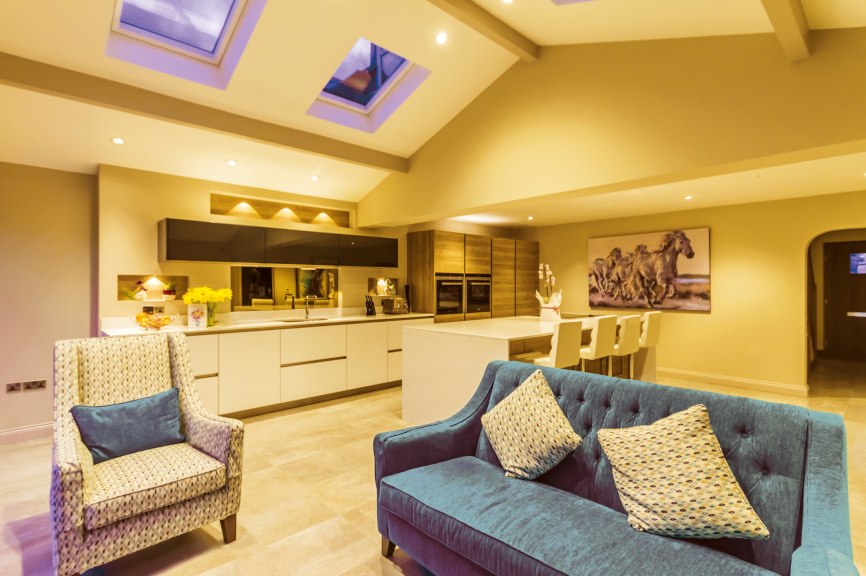What is the impact of artificial light on Nature?
It’s night time. The twilight sky is bathed in a golden glow, but it’s not coming from the setting sun. It’s a luminous barrage of artificial lights. Car headlights, street lamps, and architectural lights from houses, offices, factories, shops and warehouses. They all merge together to pollute the night with excessive light, blotting vibrant stars and planets out of view. It’s a phenomenon known as skyglow and it affects 80% of the world’s population. And that’s just the sky…
So, what about the impact of light pollution on nocturnal creatures? It plays havoc with their circadian rhythms. Unable to tell night from day, they sleep when they should be foraging or parenting. Their natural habitat is disrupted and migratory routes blighted with light. Animals can easily get disorientated and suffer night blindness, leaving them trapped, confused and vulnerable.
3 Types of Light Pollution:
- Glare: This is excessive brightness that is uncomfortable on the eye. Like glancing at a car headlamp on full beam.
- Clutter: An overwhelming group of light sources, such as Times Square.
- Light Trespass: When unwelcome light encroaches on neighbouring territory.
If you want to see what the light pollution looks like in your location, then the World Atlas of Night Sky Brightness is worth a visit. Thousands of night time satellite images, collated from 2016, showcase the impact of artificial light across the globe.
So, now we know what it does, and what causes it, how do we work smarter to minimise or eliminate it. Well, we’ve put together a list…
5 Ways to reduce light pollution:
- Plan out your area, clearly marking when are where light is needed: Viewing the space in its entirety will help you focus on the areas that need light for safety, security and to create the right ambience. Then think about when you will need the light, whether it’s constant, or can be motion activated or timed.
- Project light downwards: Opt for shielded fixtures that prevent light spilling upwards, along with a beam directed to the ground. Or for ground-based projects, try domed lights with directional beams.
- Limit the height: As a rule, multiply the installation height by four, and then measure this distance from your property’s boundary to prevent light trespass. Also ensure that you do not exceed the height of neighbouring structures. It always pays to refer to the Luminaire’s polar plot, that demonstrates the beams angle and reach, to ensure optimum placement.
- Use the right light: Choose the right CCT (Correlated Colour Temperature) to minimise blue light pollution, opting for warmer, yellower tones of 3000 kelvin and lower. With soft glow and dimmable variations available, you can blend your light to compliment and not overwhelm the exterior space.
- Incorporate Smart Lighting Controls: Controlled On / Off features such as microwave and PIR sensors can activate light when motion is detected. This not only reduces light pollution but keeps costs down by energy saving.
We’ve shortlisted some of our exterior lighting favourites to help you to responsibly light your outdoor space. But, If you’re after some expert advice, the team at Collingwood would be more that happy to assist.
Contact us on +44 (0) 1604 495 151, or email us at sales@collingwoodgroup.com



